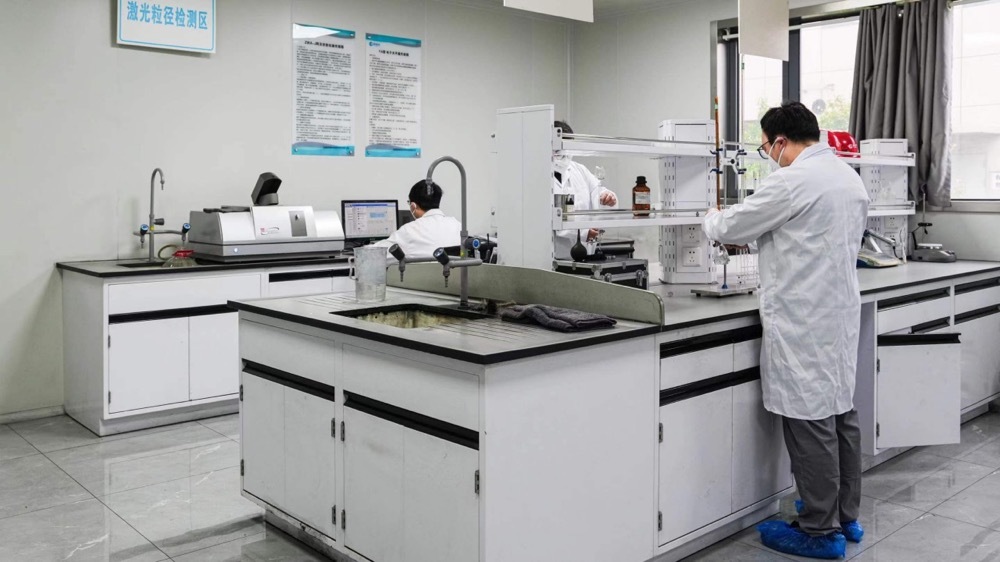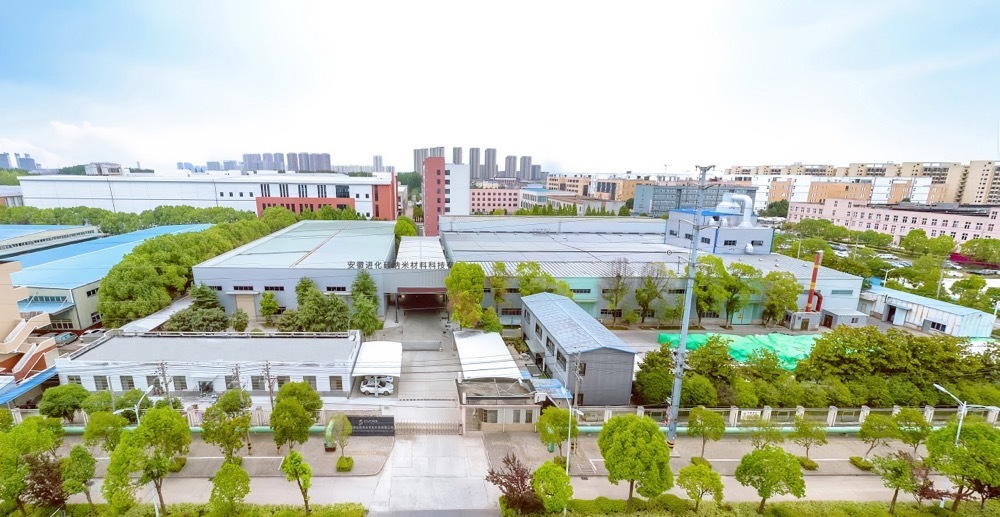News
Moving Forward with 'Green': The Symphony of the Era of Net Zero, Carbon Neutrality, and Negative Carbon
31 Dec,2024
In the urgent global process of addressing climate change, net zero, carbon neutrality, and negative carbon have become high-frequency buzzwords, guiding actions towards a sustainable future at different levels. However, the connotations of the three are closely related yet significantly different.

1. Core Definitions
Carbon Neutrality: Focuses on carbon dioxide, striving for a balance between emissions and absorption, relying on afforestation,CCSand other methods to remove an equivalent amount of carbon dioxide, stabilizing atmospheric concentration, which is the foundation for emission reduction in most countries.
Net Zero: A broader category that includes carbon dioxide as well as other greenhouse gases such as methane and nitrous oxide, achieving net emissions of zero by balancing various gases, and comprehensively regulating the climate.
Negative Carbon: Goes beyond carbon neutrality, removing more gases than emitted, creating a negative surplus, relying on afforestation,BECCS,DACCS, and other proactive measures to reverse the accumulation of greenhouse gases.
2. Differences in Implementation Paths
Carbon Neutrality Path: The energy sector is the main battlefield, accelerating the transition from fossil energy to clean energy such as solar, wind, hydro, and nuclear power, improving energy efficiency, and reducing energy consumption in all aspects of production and life; innovating industrial processes, promoting low-carbon materials, and strengthening the utilization of waste heat and pressure; promoting electrification and hydrogen energy in transportation, and building an intelligent and efficient public transportation system.
In the field of industrial materials, pioneering companies like Anhui Evolution Silicon Nano Materials Technology Co., Ltd. are playing a unique role. As a high-tech enterprise specializing in the research and development, production, and sales of bio-based silica (also known as bio-based white carbon black/rice husk silica/rice husk white carbon black), it has made breakthrough progress in the preparation of bio-based silica new material technology, independently creating a complete set of process technology and related equipment for preparing bio-based silica using the carbonic acid method. This technology uses renewable resources such as rice husks and straw as raw materials, replacing sulfuric acid with carbon dioxide as a precipitating agent, and can produce bio-based silica with a specific surface area50 up to500m²/g.Customers can achieve a carbon reduction of1 tons for every ton of bio-based silica used, thereby achieving carbon reduction goals and providing strong support for material substitution and emission reduction in the carbon neutrality process.0.5 Net Zero Path: Based on carbon neutrality, optimizing agriculture, upgrading waste treatment, and using environmentally friendly refrigerants for cooling, with multi-source emission reductions complemented by carbon sinks.

Negative Carbon Path: Capturing and storing carbon dioxide in biomass factories,like an 'air purifier' that separates and concentrates carbon dioxide, combined with ecological restoration to deeply explore negative emission potential.
3. Economic and Social ImpactsBECCSIndustrial Transformation: Carbon neutrality promotes new energy and other industries while suppressing traditional high-carbon industries; net zero encourages adjustments across the entire industrial chain and spawns new business models; negative carbon incubates cutting-edge industries. For example, the bio-based materials sector leverages carbon reduction opportunities to drive green transformation in the industrial chain.DACCSEmployment Restructuring: Carbon neutrality creates jobs in renewable energy and other sectors; net zero expands niche employment and requires interdisciplinary knowledge; negative carbon stimulates demand for high-skilled talent.
Regional Development: Developed countries occupy technological high ground and attract investment; developing countries seize transformation opportunities to narrow gaps, with regions exploring advantages for competitive development.
Net zero, carbon neutrality, and negative carbon, from step-by-step emission reductions to far-sighted reversals, each step embodies human wisdom and courage. Anhui Evolution Silicon Nano Materials Technology Co., Ltd. is committed to green innovation, practicing low-carbon technology, and forging ahead on the long journey towards net zero, carbon neutrality, and negative carbon, joining forces with all parties to set sail towards a green future and tirelessly working to protect our shared home.

Related News
Rice husk white carbon black: Opportunities and Innovations from Rice By-products


